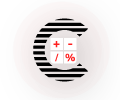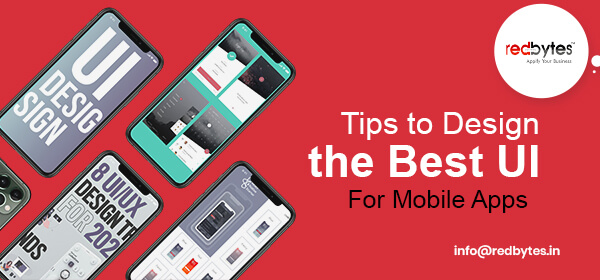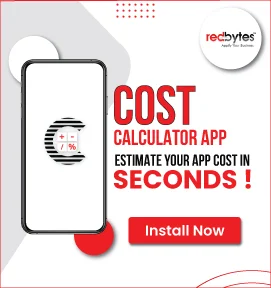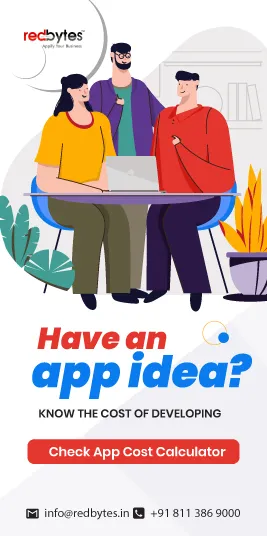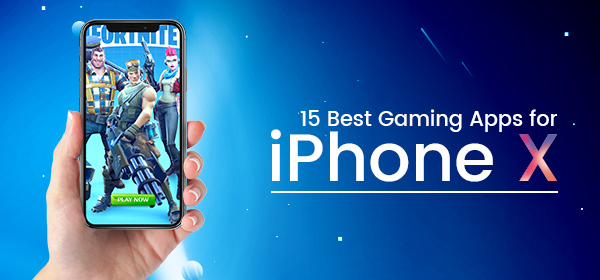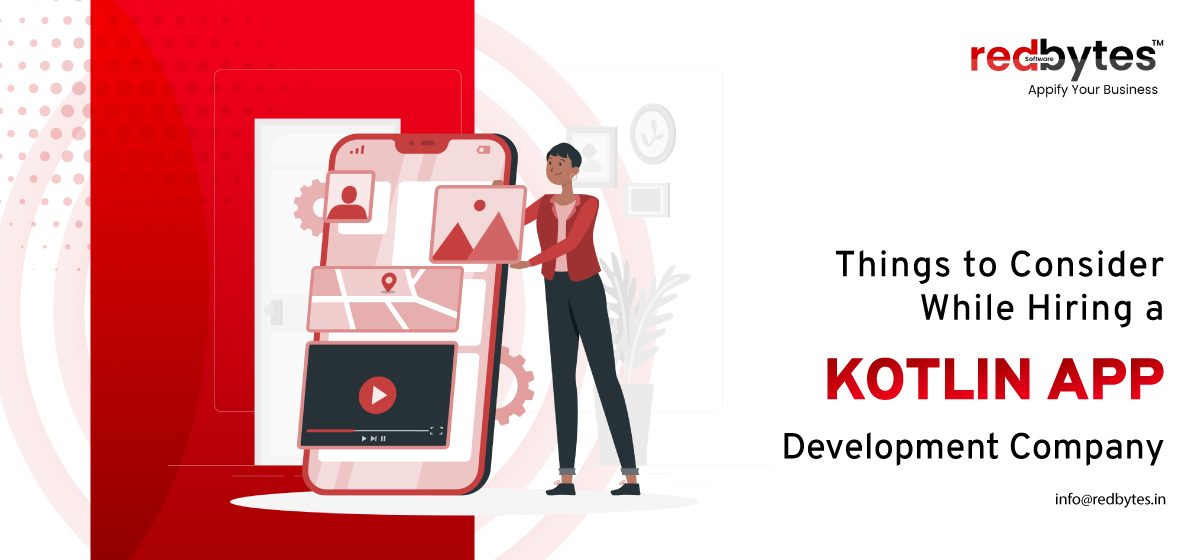What glitters is not gold. But in case of mobile app design, the look speaks a lot to the eyes of beholders. Although design style and aesthetics are not everything, having a visually delightful and appealing UI is as important as the main substance and helps drive conversion. Combine the eye-catching look with amazing features and you have the recipe for delivering incredible user experience.

It is important, however, to understand the target market so that you can implement best UI design practices for your mobile app to enhance users’ interest and credibility. Based on our experience and research, we have put together a few essential tips to help you create highly engaging UI for your mobile app.
1. Users-centric approach
You must first prioritize user requirements and accommodate current market trends to create a wave for your mobile app. Gather all the details of target demographics using power analytics. based on the data, you can discern what they always needed and obstacles they face. You must think beyond the basic stats and discover the actual users of your app. The better design practice is to start with an MVP and watch users as they interact with it and encourage them to share their views. This will not only help you tune your app to their needs, but will help you make right decisions and minimize frequency of design iterations.
2. Technical details of design
a) Round cornered controls
There is no thumb rule of just sticking to rectangle pixels for UI elements. You can alternatively opt for roundish edges for the corners of buttons or other controls. Having pointy corners is an old custom in the world of mobile app interface. Round-shaped cornered action buttons and controls subdue the intensity of the interface and make it softer, more appealing and comfy for users.
b) Contrast for view
You don’t want to make it a painful experience for users as they navigate inside your application. The app content should be easy on eyes and effortlessly legible. To avoid awkward effects, it is good to include high-contrast colour schemes that create fine, clear content-friendly design. You can even go beyond system default colours and experiment with different variations.
c) Size-optimized graphics
In order to optimize the available resources, developers often reduce their efforts by keeping one size for many devices. This approach can turn abysmal nemesis to your app’s overall appeal. To make it spectacular, make unique graphics to suit each target device screen. Device-specific graphics tend to load in time and results in stunning user experience.
d) Picture format suitability
The chosen picture format in app graphic may become inimical to the loading speed of the page. The size is often blamed, but the real fault is inappropriate format. The Android-compatible media formats include PNG, JPEG, GIF, BMP, PNG, etc. While PNG suits lossless images, JPEG is a good choice for editing. Each format has its own qualities and designer should know which goes where.
3. Finger-compatible interface
Make sure your app’s UI is finger-friendly. Mobile developers sometimes skip the consideration of keeping finger-compatible buttons with space enough to enable convenient typing for users. You must understand that human fingers are thick and may cause trouble while selecting options with a tap of fingertip. If app buttons are tiny or are placed too close, users will feel frustrated and may quit your app. Hence, your UI design strategy should emphasize optimizing the interface for finger-based interaction.
4. Smooth transitions
Trying variations in colours is a tricky job for mobile app designers. When the user is navigating, they should experience pleasant transition between the screens or and experience comfort while changing UI control states in the application. The approach of this sort maintains consistency and smoothness while switching from one state to another. Use eye-friendly animations and suitable colour combinations. This way, users will feel connected while making transitions. Also, with a change in button control colours, users can confirm their action after clicking on it.
5. Maintaining Simplicity
Simplicity of design helps ensure new users can onboard easily and start using the app without groping for detailed guide or tutorials. This does not necessarily mean adopting minimalist design style. The simple UI allows users to execute the action and reach their goals in minimal steps. Certain variations in colours, buttons, spacing pattern, fonts and navigation path are all critical factors that go into making easy-to-understand interface, enticing more traffic to your mobile app.
6. Back button and Fonts
Back button is meant to shepherd users back to the previous page consistently. Being an app designer, you can either leverage the native OS back button (the default choice on the device) or develop a back button at the top-left corner of UI as often seen in iOS apps. This approach helps you incorporate users’ impulsive tendencies for quick navigation.

As for fonts, it is wise to stay away from using anomalous or bizarre fonts that often drive users away. Such practice discourages the real motive of UX and drains users. Instead, include fonts that are both spectacular and readable. Keep the font size optimized (usually 12pt and above) to both screen as well as users’ viewing experience.
7. Emphasis on clutter-free interaction
If you have powerful data analytics to monitor user journey through your app, you can effectively judge what features are most welcome by 80% of users. The task becomes easy especially when your mobile app is the direct extension of an online website. This fundamental is based on 80-20 principle that defines the 20% of app frequently explored by 80% of users. Apply this 80-20 rule so that you can easily identify the features that are redundant from users’ perspective and retain those that are compelling to ensure clutter-free interaction.
8. Relatable icons
In the last 5 years, there has been a tremendous advancement in the way mobile app UI icons are presented to users. A whole new range of icons have risen to enable more comfort and luxury to users who are always curious to try something novel, unique and relatable. Hence, UI designers looking to score better should develop relatable icons that create intuitive appeal and effortless user experience.
9. High resolution
Modern smartphones usually offer in-built support for high resolution that creates impressive picture view and enhances user’s interactive experience with interface. If you wish to acquire and engage more users, make sure your interface design is perfect for high resolution images and shows vivid picture quality to the audience. You can opt for images with 264 ppi or better to bring out stunning interface and amplify the clarity especially if the target devices have large screens.
10. Effortless error notifications
A phenomenal mobile app UI is the one that minimizes user’s side of efforts while identifying the errors. In the event that the error strikes, the UI design must reduce users’ guesswork and clearly notify them of what went wrong while performing an action. Users will be delighted to have clear guidance about how to rectify faults and things gone wrong while interacting with the app interface.
Conclusion
To build an attractive UI for mobile app to user’s tastes, mobile app designers must delve into the target market and scoop up the essentials. The second important aspect of brilliant app architecture is following the guidelines for user-friendly, business-specific interface.

To ensure massive usability, your product should be easy on eyes and create positive appeal on minds. Hopefully this post will help you develop deeper insight and excellence required to construct an outstanding user interface for a competitive mobile app.


